Today, on the second day of fieldwork in the high-altitude mountains, I awoke before my alarm, feeling acclimatized to the altitude. Gone was the sleep inertia; all I needed to kick-start the day was a steaming cup of black coffee. The scent of kerosene wafting from the bhukari (a traditional Himalayan room heater) in the kitchen filled me with the courage to leave the cosy warmth of my sleeping bag.
Entering the kitchen, I was greeted by Agya Karma, addressed as agya, meaning elder brother in Bhutia. He peered out the small window and asked, “Are you sure you guys can do the fieldwork today?” Karma, a resourceful local from Sikkim’s stunning high-altitude Gnathang village in Gnathang Valley, is hardworking, humble, and possesses a delightful sense of humour. He exemplifies the typical traits of mountain folk: humility, industriousness, helpfulness, and humour.
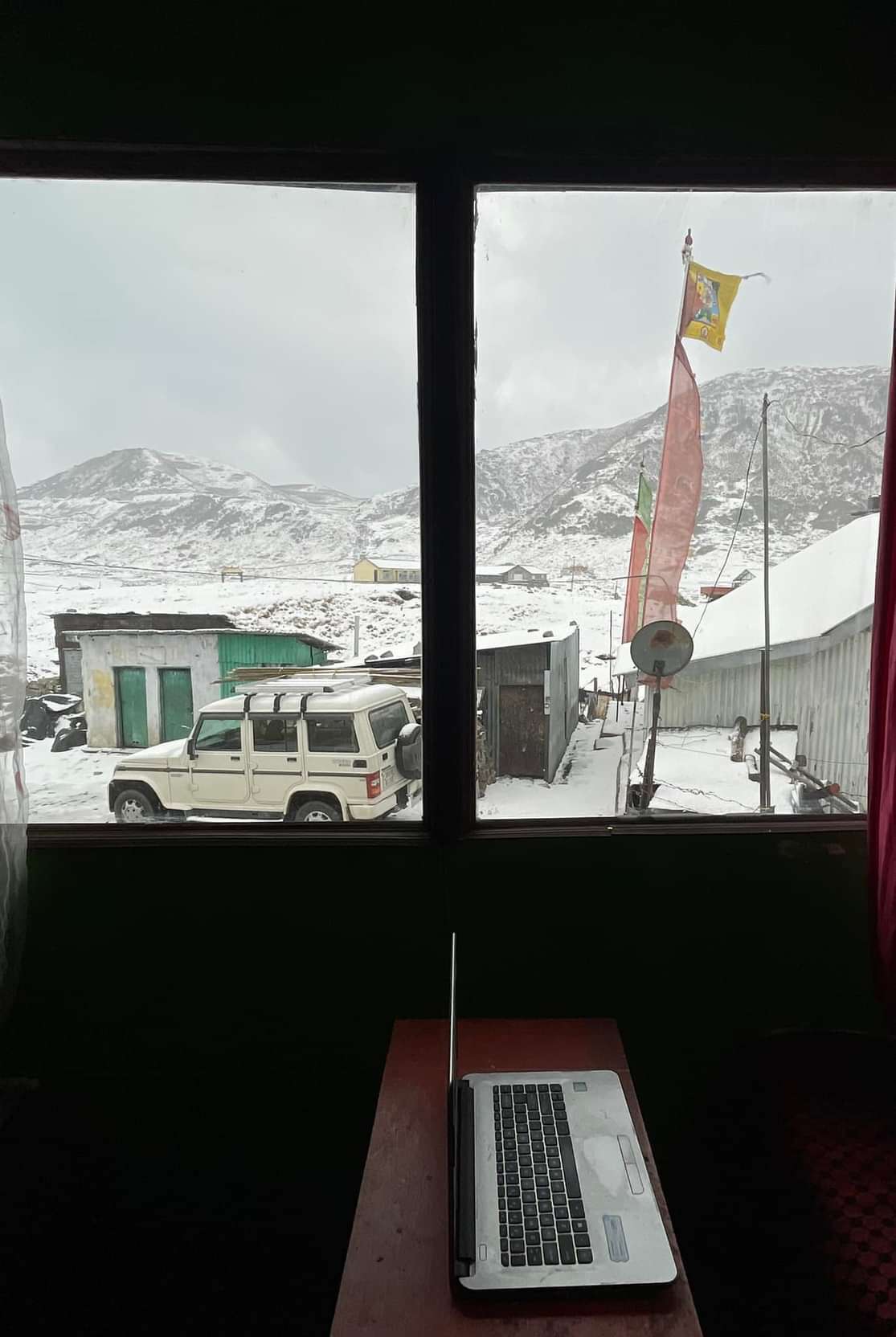
Looking outside, I beheld a scene fit for Santa’s sleigh, with a foot of freshly fallen snow covering the landscape. The overnight snowfall had rendered our field sites inaccessible. Consequently, my team decided to take the day off, allowing me to back up my data and ensure my equipment was fully charged. Power outages in this weather are not uncommon in the mountains.
After completing my tasks, I glanced at my watch; it was only 7:00 a.m.! Time seems to stretch in the high-altitude mountains, where every moment feels more profound. Spending the day indoors felt like falling into a time trap, especially knowing that our study species, including pheasants and finches, would likely embark on altitudinal migrations triggered by the sudden weather change.

Recalling the words of a fellow mountaineer from my past fieldwork in Ladakh, “There is no such thing as bad weather in the mountains, only bad gear, mate!” I realized the truth in this statement. While we cannot control the erratic mountain weather, we can control our preparedness. This philosophy extends metaphorically to life itself.
Without hesitation, I geared up and set out to explore the northern ranges of Pangolakha Wildlife Sanctuary, the largest sanctuary in Sikkim. The sanctuary boasts a range of vegetation, from subtropical to alpine, and is home to elusive species like the red panda, snow leopard, musk deer, satyr tragopan, and Himalayan black bear. Bordering the forests of Bhutan and China, it’s a region of incredible biodiversity.
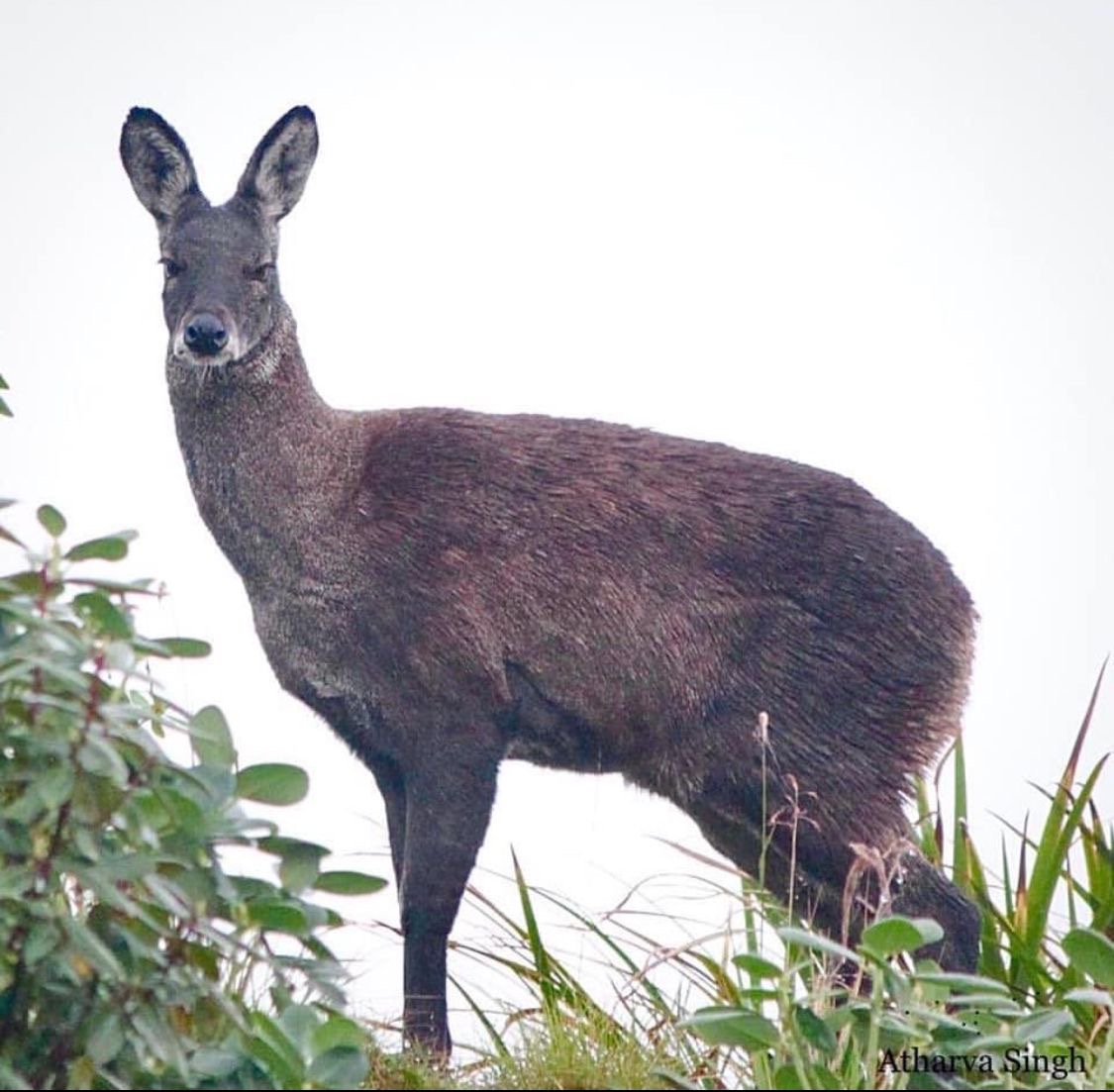
As I ventured out, the biting wind from the surrounding mountains greeted me. My goal was to conduct a reconnaissance survey, exploring new habitats for pheasants and finches a few miles from the valley. Setting my watch and GPS, I embarked on the trail.
Walking away from Gnathang Valley, the only sounds were the rushing wind and the crunch of snow underfoot, punctuated by the occasional sleet shower. I couldn’t help but think, “Not a perfect day for a walk, eh?” Yet, as I neared the halfway point of the reconnaissance site, I paused to catch my breath. At over 4,000 m, even a simple act like walking becomes challenging, highlighting the importance of acclimatization in high-altitude terrain.
As I sipped water, the weather began to clear, revealing the abandoned ruins of an army bunker amidst the open alpine meadows. These ruins, remnants of the 1967 Sino-Indian war, once held strategic importance, serving as a gateway to the Jelep La and Nathu La passes leading to Tibet, then known as “the forbidden land.” The region was the highest battlefield in the world and the highest military point ever captured by Europeans.
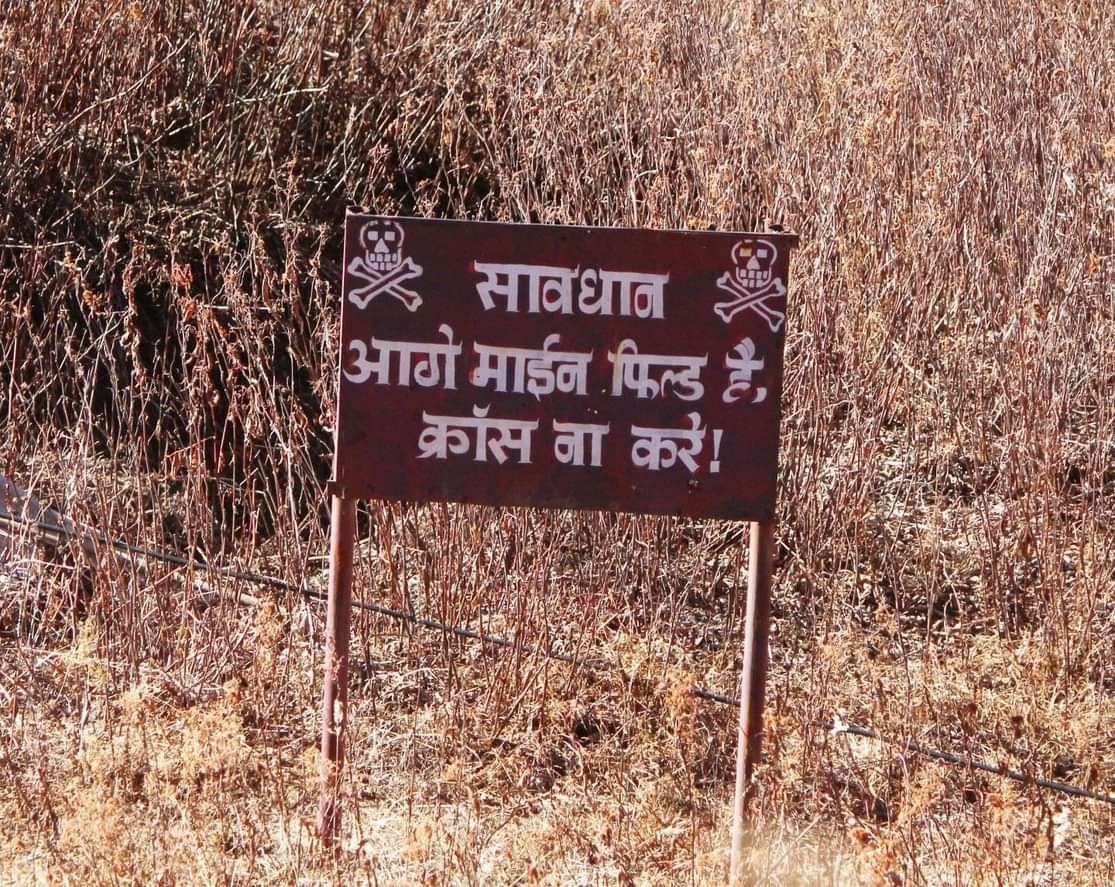
Scanning the binoculars over the ruins, I noticed a rusted sign in Hindi warning of a minefield ahead, a stark reminder of the area’s tumultuous past. It is said that some mines from the 1967 war remain active, with instances of mine explosions triggered by grazing yaks.
One memory flashed back to a day climbing that hill with a colleague, only to find the signpost fallen by the wind. We silently erected it back, a small yet significant act of survival in such rugged terrain.
A beep from my watch jolted me back to the present; it was time to move on. As I went through the alpine meadows, I spotted distant rhododendron patches, my reconnaissance site. The weather cleared further as I approached, revealing how topography shapes the vegetation of the mountains, evident in the varied slopes and aspects above the tree line.
Taking a meal break, I relished some chapatis, vegetables, and tsampa (roasted barley flour) packed by Agya Karma, ideal for high-altitude fieldwork. Delving into my thoughts, I marvelled at the open rhododendron patches and vast alpine meadows, defining absolute peace and silence.
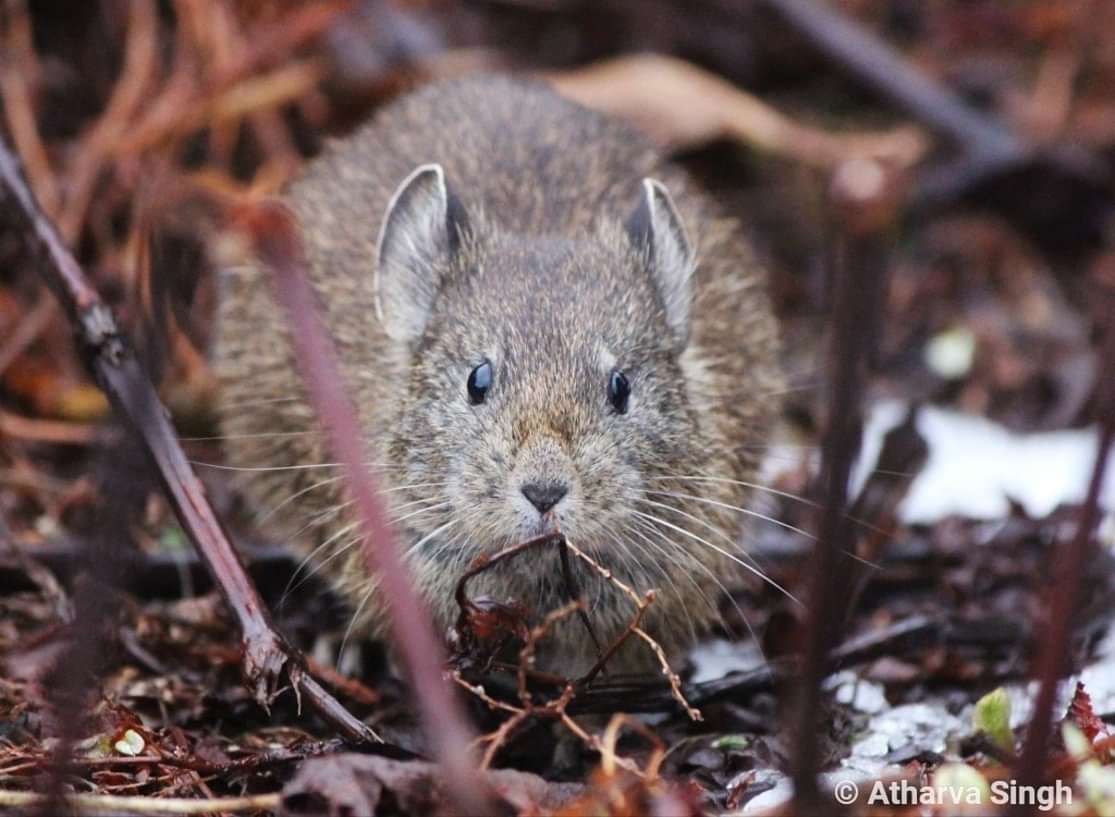
A rustling behind me broke the silence, and I turned slowly, only to find a mountain pika foraging in the snow-covered bushes. Nearby, a female Himalayan monal dug and foraged, unfazed by my presence. Spotting two males nearby, I observed their vibrant, iridescent feathers, a spectacle of nature’s beauty. It was my first close encounter with these birds in the wild, a truly mesmerizing sight.
Reflecting on the importance of alpine ecosystems, I realized their fragility in the face of anthropogenic threats. Despite being listed as Least Concern on the IUCN Red List, the Himalayan monal faces habitat degradation, poaching, and climate change, highlighting the urgent need for conservation efforts.
Another beep from my watch reminded me to continue my survey. Watching the Himalayan monal fade into the mist, I took it as a gentle reminder of life’s impermanence and the need to cherish the present. It seemed these elusive species understood the purpose of my visit, not seeing me as a threat. As daylight waned, I decided to head back to base, knowing the weather could change rapidly in the mountains.
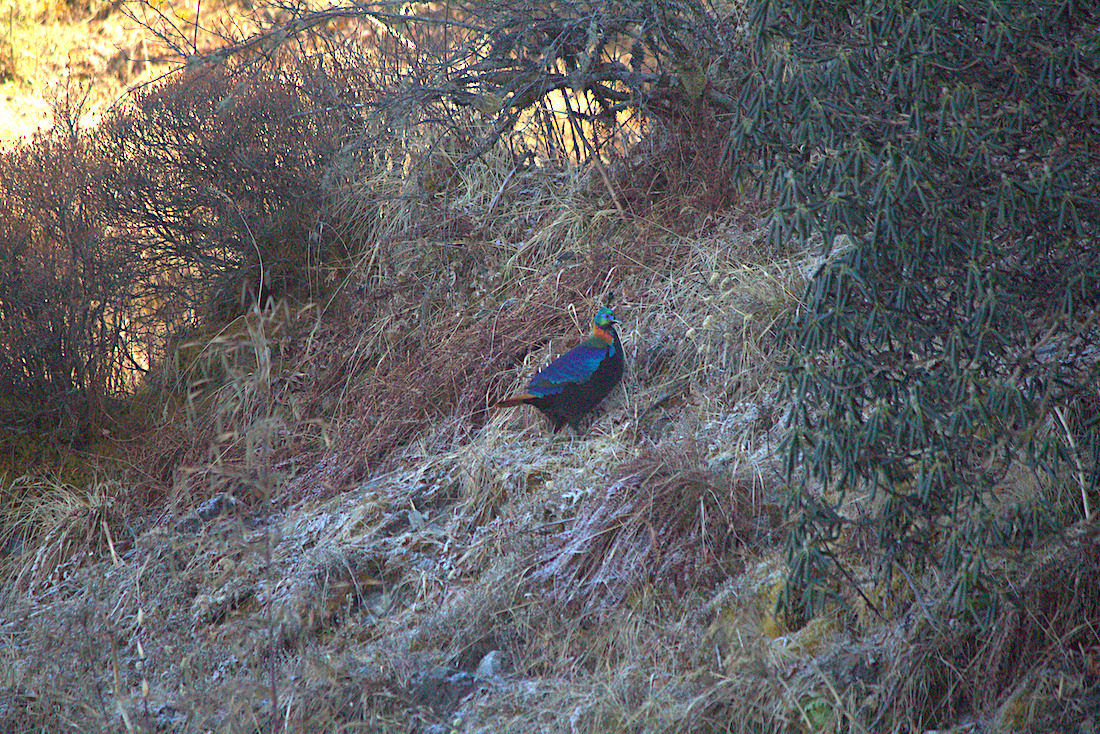
I always assign my team a search time and a rendezvous point. If I am not seen at the mentioned site and time, it means it’s time to find me! This has proven handy on several occasions during our fieldwork in the mountains.
Contemplating the significance of these ecosystems, I was struck by their fragility. Threats like habitat destruction and climate change loom large, underscoring the urgency of conservation efforts.
As I made my way back, I felt a deep sense of gratitude and a duty to protect these delicate ecosystems. I recalled the words of Yvon Chouinard, the founder of Patagonia, “The hardest thing in the world is to simplify your life; it is so easy to make it complex.”
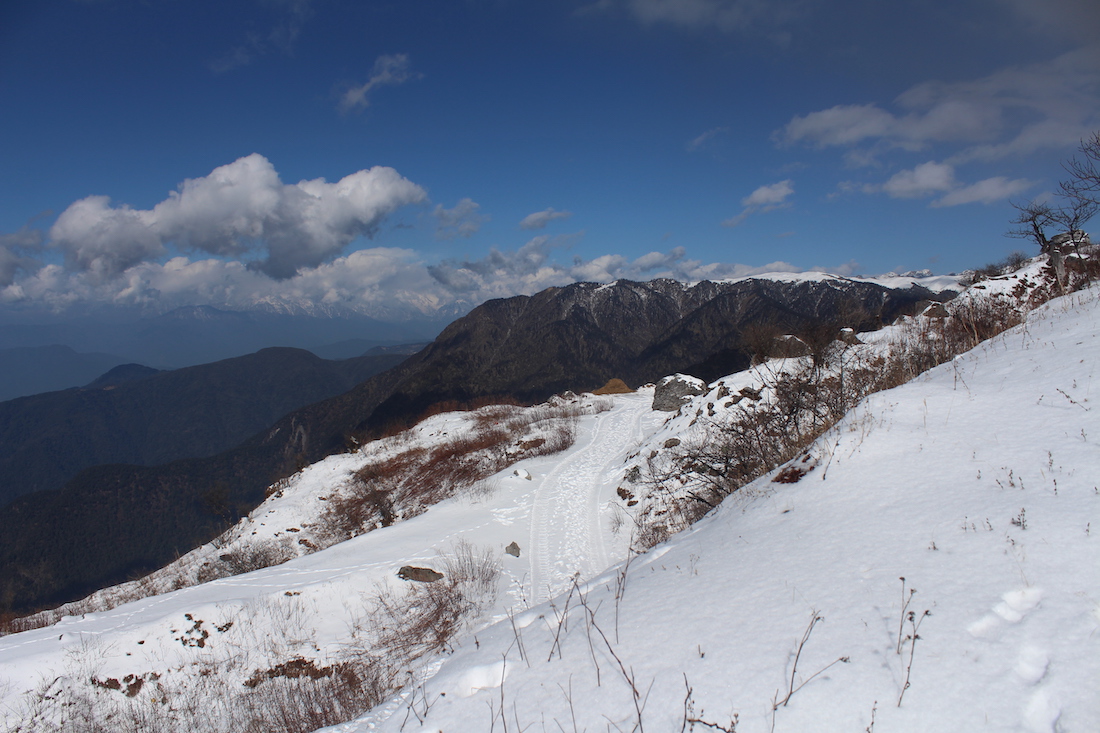
Navigating down the valley, the headlights of our field vehicle beckoned in the distance. As I approached, our driver and field assistant, Mr Baleshore Thapa, greeted me eagerly, asking, “Did you find something?”
I replied, “Yes daju! Something you wouldn’t want to miss.”
Back at base, Agya Karma had prepared the best thukpa imaginable. After dinner, I shared my sightings with the team, and we adjusted our survey strategy for the days ahead. With bedtime approaching, we retired for the night, the day’sadventures etched into my memory forever.
Writer Bio: Atharva Singh, Scientist B, BNHS, works in high-altitude landscapes of the Eastern Himalayan region. His research interest lies in studying ecological patterns using geospatial tools to address problems related to high-altitude ecosystems. A native of Darjeeling Hills, he is deeply passionate about conserving alpine tundra habitats.

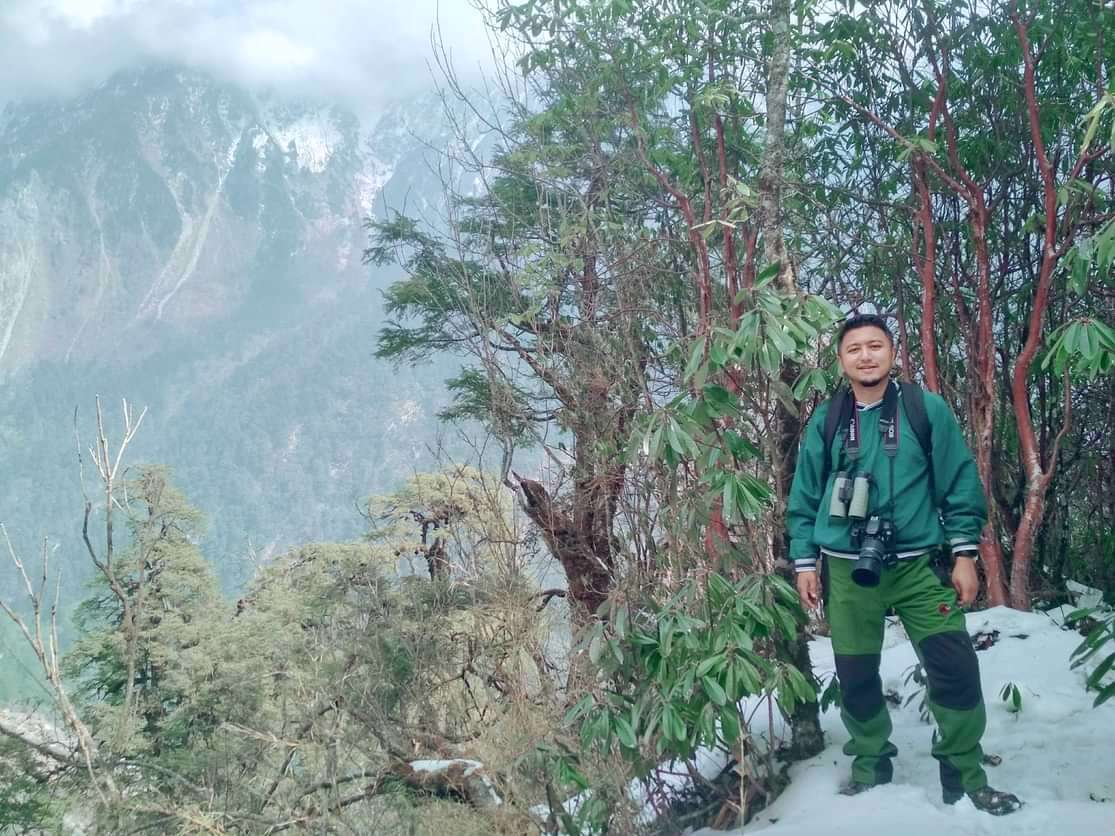
What a captivating glimpse into high-altitude fieldwork! Your vivid storytelling and respect for the land and its people make this piece both educational and inspiring. Thank you for sharing this journey with us
What a vivid, immersive read! I felt all the awe, effort, and beauty up in the high-altitude ice and alpine meadows. Thanks for capturing not just the landscape, but also the urgency to protect ecosystems like these
Thank you for sharing this stunning and deeply immersive field-memoir! I was particularly captivated by how you opened the piece—waking before the alarm, the kerosene smell from the bhukari, the foot of fresh snow in Gnathang Valley—and immediately transported us into the high-altitude world. I also appreciated how you wove together personal experience (your thoughts as you walked above 4,000 m), natural history (the Himalayan monal, musk deer, altitudinal migrations), and subtle reflection (“time seems to stretch in the high-altitude mountains”). These shifts from adventure to ecology to introspection give the article both breadth and depth